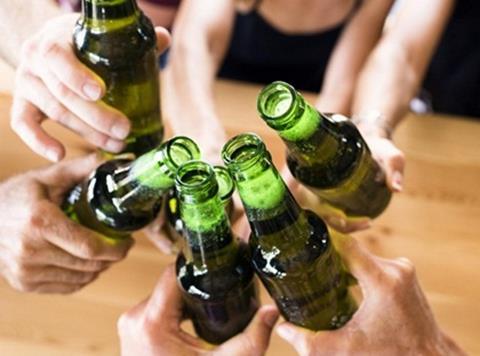
If Jeremy Corbyn or Theresa May were to pledge a ban on the word ‘premium’ in booze marketing, they’d have my vote in an instant. It’s become as meaningless as “Brexit means Brexit” or the rest of this election season’s platitudes.
You can’t escape it. Scour the packaging of any major booze brand and it’ll be there. Tucked away in the branding. “Relax,” it says. “This is better than the other plonk. You made the right decision. This is a PREMIUM product.”
But as more and more brands jump on the premium bandwagon, do booze marketeers risk devaluing the concept itself?
Every product is supposedly a premium product these days. Or, even better, it’s ‘super-premium’, or ‘ultra-premium’. Every continental lager flouts its small-batch, hand-crafted credentials. Every mass-produced cider brand wants to make you feel like you’re a savvier, more sophisticated shopper than your plebeian mates who are content to sup on standard slosh.
“There is a slight arms race here for things to look better and better to justify either a slight price premium or an existing price point,” says Greg Vallance, executive creative director at London-based brand consultancy Honey. That’s not necessarily bad news. “If everybody is lifting up their look and feel and perception to be ‘premium’, then the whole sector has raised its game,” says Vallance.
Indeed, as an act of positioning, ‘premium’ done well is genius. Especially in a category like lager, where mainstream brews’ market share has dwindled from 82.3% to 77.8% over the past three years [Nielsen 52 w/e 25 March 2017].
This is by no means an apocalyptic decline, but it’s certainly imperative enough for brands to want to dodge a tarring from the ‘mainstream’ brush. And those who can differentiate themselves enough along ‘premium’ or ‘world’ lines are reaping the rewards. ‘Premium’ world beers – the likes of Peroni Nastro Azzurro and Corona – are gaining share, according to Nielsen.
Blind testing
“Put it this way,” says Vallance. “It’s very difficult to discern one lager from another in a blind testing. The brewers will tell you a very different thing: they’ll tell you theirs has very distinct characteristics. But the more global the brand is, the less discernible it is. So it comes down to the brand in all its communications and touch points to be of a certain level of quality.”
The risk in all this is that shoppers become numb to the ‘premium’ message – especially if ‘premium’ repositioning is being used to try to entice new shoppers to an existing brand. It’s easy to get jaded when you’re repeatedly told how amazing and unique your everyday products are, and for big brands to drive the necessary volumes to keep them afloat, it’s crucial they’re seen as viable everyday purchases.
And if shoppers are buying booze under the assumption they’re getting a new and improved tipple, it stands to reason they may end up disappointed when they realise that’s not the case – particularly if the price has gone up to justify its new image.
Perhaps that’s why craft brewers – whose products tend to actually command a premium price point – have avoided the word ‘premium’. Instead, their proposition tends to be based on quirky individuality.
Craft brands aside, though, ‘premium’ shows no sign of disappearing from the booze market. As long as consumers are buying ‘premium’ booze with gusto, brands are right to make the most of it. They will just have to be careful they don’t overdramatise the merits of buying perfectly good mid-tier products.
Besides, says Vallance: “There’s a huge discrepancy between what the trade calls ‘premium’ and ‘super-premium’ and what consumers actually see as being ‘good’ or ‘slightly better’.
In other words, perhaps I should calm down and have a drink. Think I’ll have a Stella.



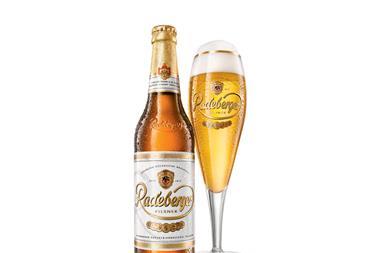

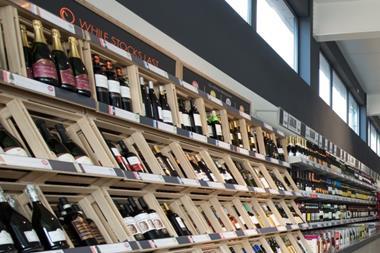
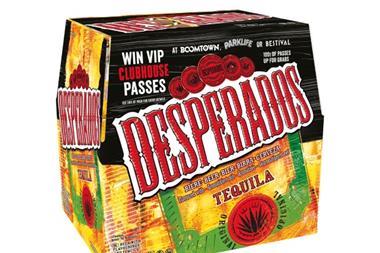




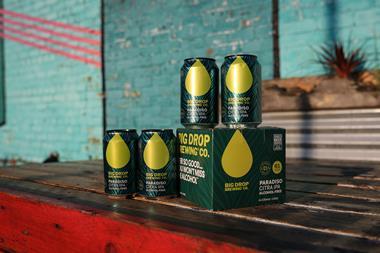
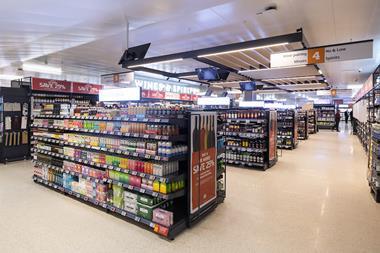
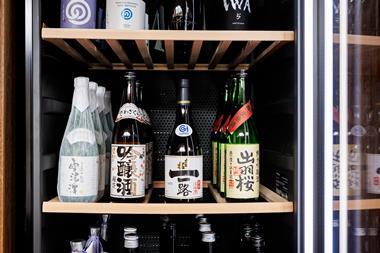
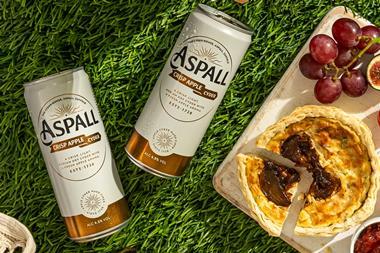
No comments yet